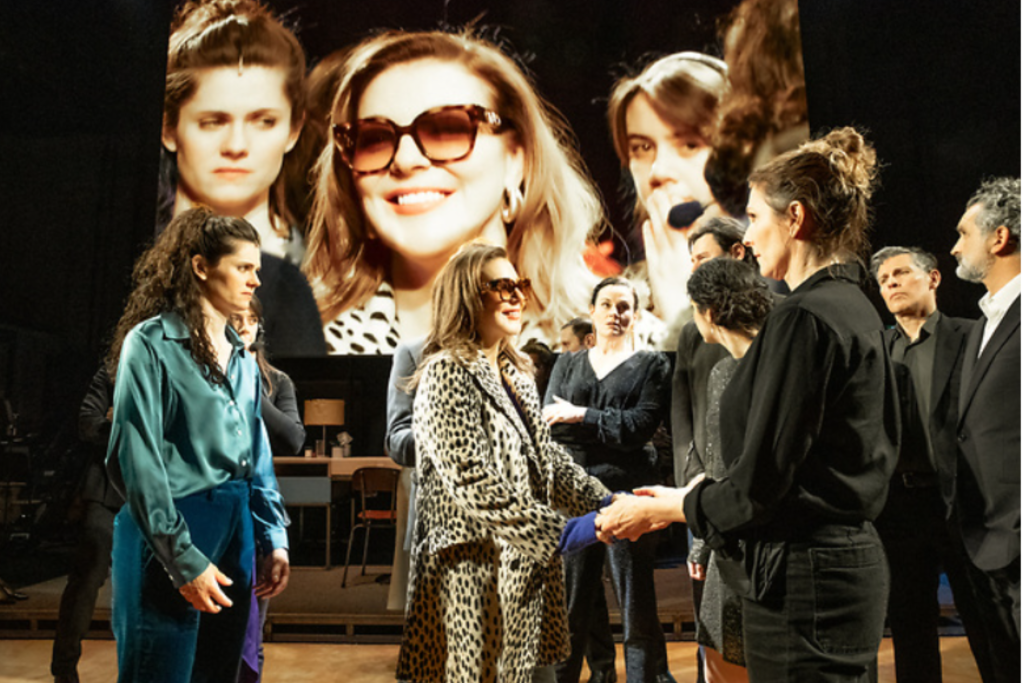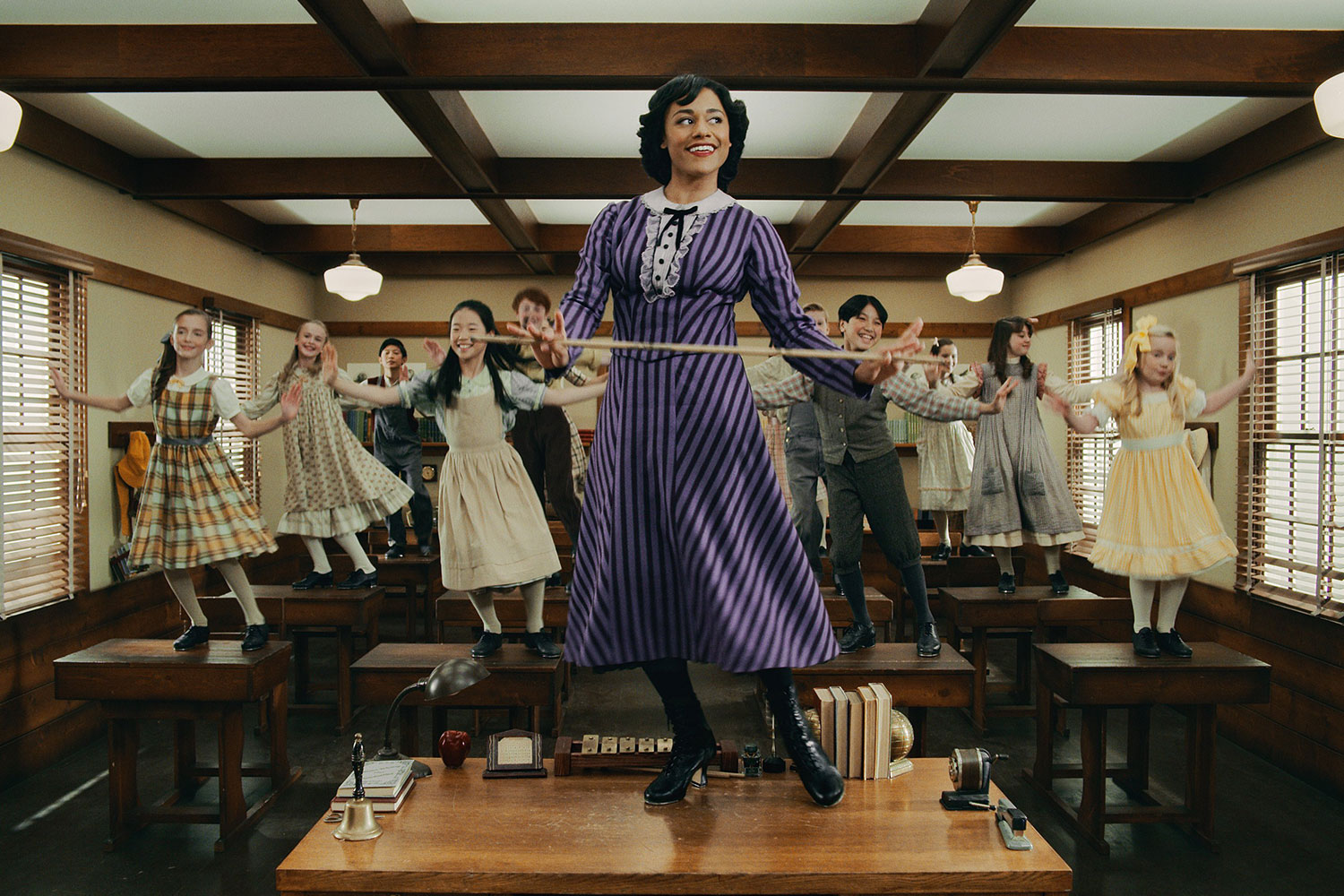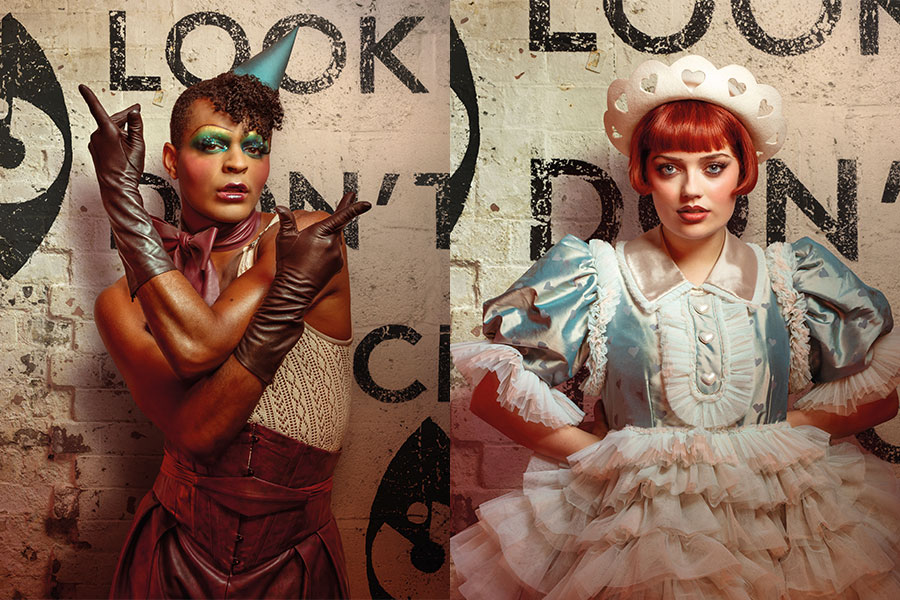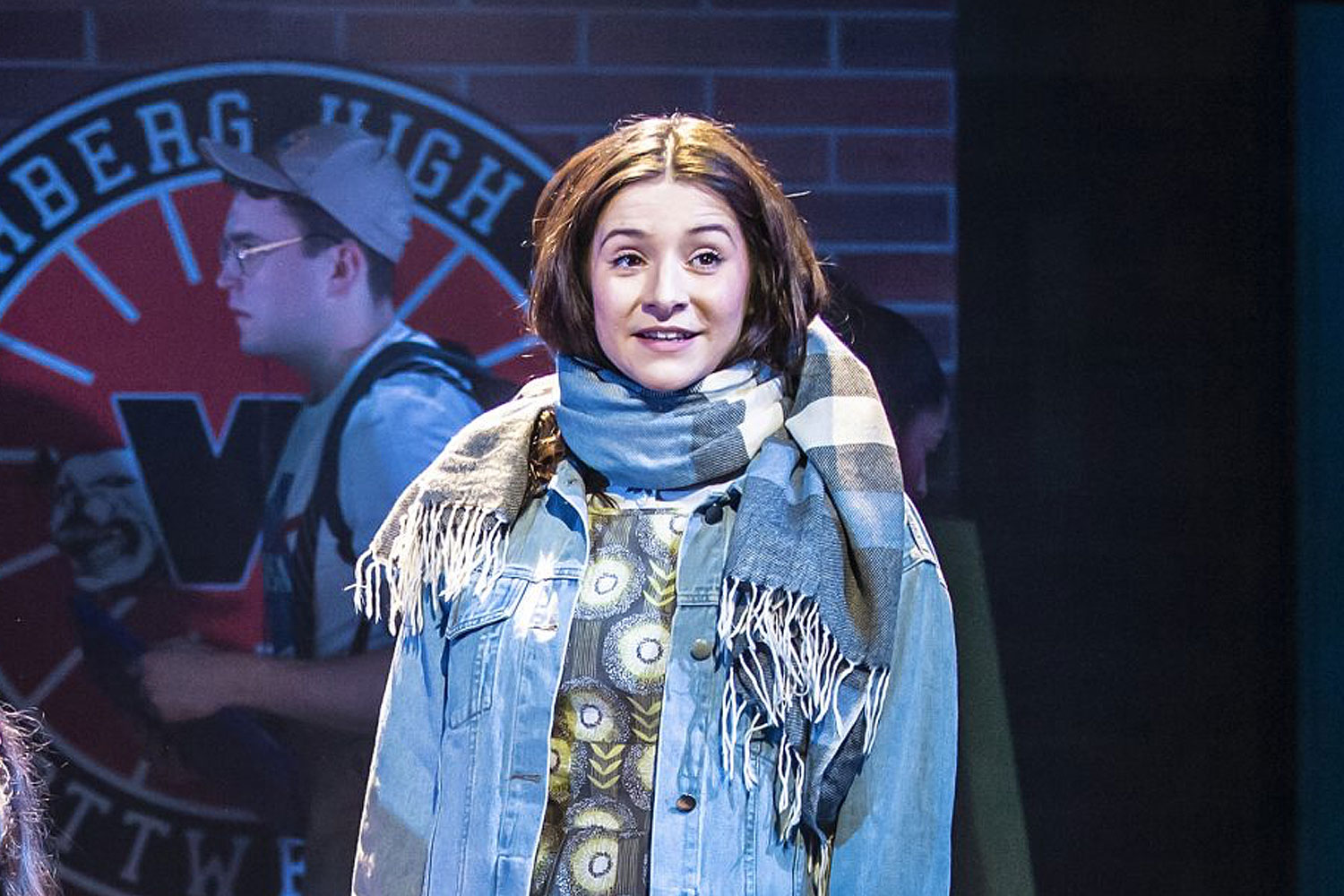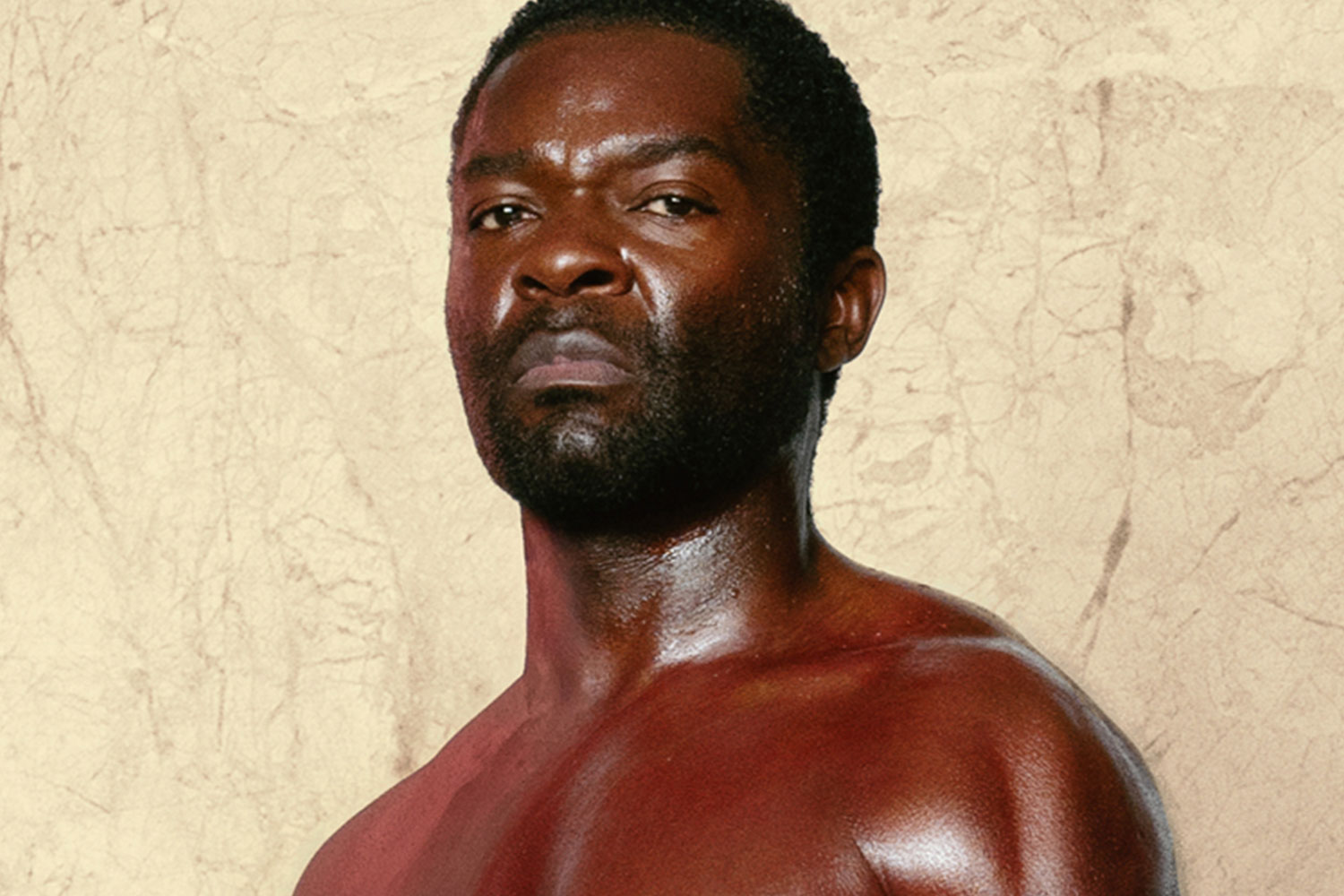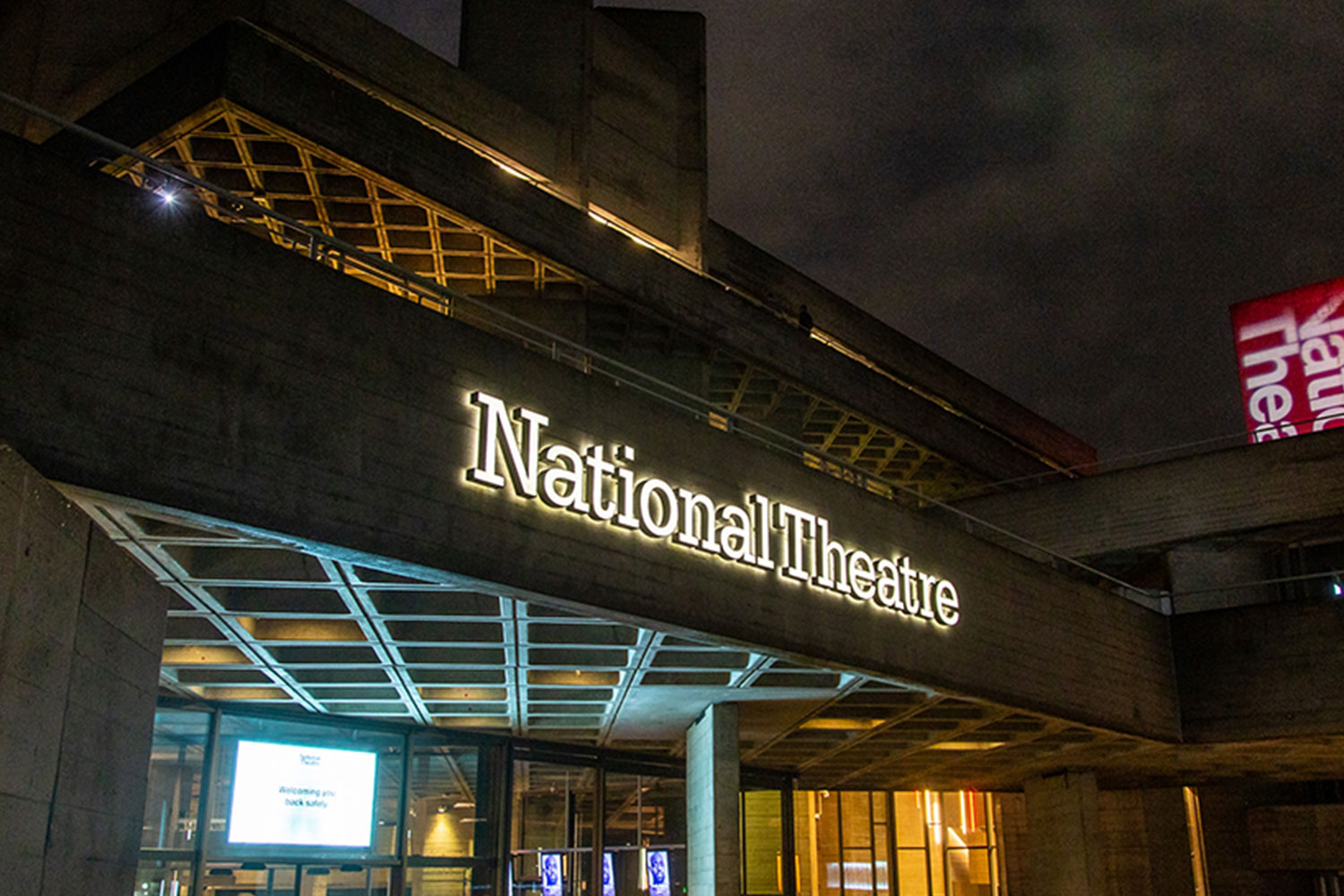Ottone in Villa
Il Giardino Armonico at Barbican Hall
Although better known today for his concertos, in his own lifetime Antonio Vivaldi was just as famous for his operas of which he claimed to have written ninety-four.
Most of these are now lost, but a rising interest over the past generation in Handel’s dramatic output has also renewed the interest in eighteenth century opera as a whole, and Vivaldi seems to have been a beneficiary of this.
First performed in Vicenza in 1713, Vivaldi’s first opera Ottone in Villa catapulted him to fame so quickly that within eighteen months he was producing operas in the far more prestigious Venice. Set in the Emperor Ottone’s country villa gardens, it is a tale of love, deception and intrigue in which four of the five roles are played by women. The Emperor is so obsessed with Cleonilla that he is neglecting Rome, but she is too busy with her other would-be suitors to care for him. It all has a happy ending, but the irony is that even as Cleonilla finally pledges herself to Ottone she leaves him feeling like the guilty party, even though she has clearly been the faithless one.
This performance featured Il Giardino Armonico, the Italian ensemble that specialises in seventeenth and eighteenth century music. Under the baton of Giovanni Antonini, the orchestra revealed an incredible affinity with Vivaldi’s wondrous score, demonstrating harmony and balance throughout, tackling the joyous runs with precision and exuberance, and in a few key passages revealing just how thunderous Vivaldi’s music really can be.
In direct contrast, a concert performance in the Barbican Hall did not feel like the ideal forum for showing off this opera. The hall felt too cool and clean cut, and initially the five singers struggled to make their presence felt in the vast interior. They were also partially obscured by their heavy music stands, and when a scene involved several characters but only one singer, the others sat down which marred the interaction and drama.
Nevertheless, most problems were overcome as the soloists got into their stride and proved just what accomplished Baroque performers they really are. The greatest performance came from Julia Lezhneva as Cleonilla’s former lover, Caio, whose beautiful soprano voice was striking in both its strength and purity. Veronica Cangemi provided a well tuned performance as the feisty, flirtatious Cleonilla, whilst Topi Lehtipuu as Decio gave a convincing portrayal of a concerned advisor, anxious that the Emperor is neglecting his public duties on the one hand and being cuckolded on the other.
As Ostilio (actually the female Tullia in disguise), Roberta Invernizzi was highly intriguing. Tullia has donned man’s clothes to witness Caio’s infidelity, and Invernizzi captured superbly the duel emotions of wanting her faithless lover to suffer, and longing for him to be in her arms. Sonia Prina was also effective as Ottone, her voice demonstrating that this character did possess strength and determination, even if these qualities were not being channelled towards providing strong government.
The ‘staged’ element also picked up after the interval. A scene in which Caio’s words are mocked by Tullia saw Invernizzi, two violinists and the archlutist perform from the back of the stage, and when Caio lamented that his feelings for Cleonilla were not being reciprocated, Lezhneva sang to the solo violinist who played standing up.
In spite of the strong line-up of soloists, I would still prefer to experience Ottone in Villa in an ancient Italian opera house, but that is not an option in London, and I’d certainly be hard pushed to hear it better performed than by Il Giardino Armonico.
– Sam Smith




